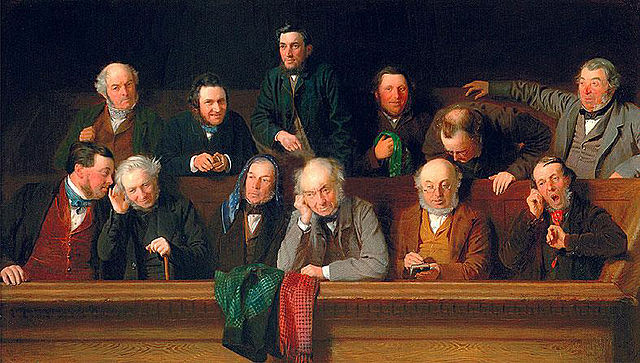Grand Jury vs Trial Jury
The difference between a Grand Jury and a Trial Jury can be observed in their purpose and function. While both terms refer to a panel of jurors, their roles in a trial are significantly different, making them not interchangeable. The Grand Jury is the first step towards a criminal trial and consists of 16-23 people. Its primary goal is to work with the prosecution to determine if a person should be indicted or formally charged with a crime. The Trial Jury, on the other hand, is tasked with delivering a verdict of ‘guilty’ or ‘not guilty’ in a criminal trial, or determining the plaintiff’s entitlement to claim compensation from the defendant in a civil trial. Composed of 6-12 people, the Trial Jury follows a strict procedure in a public setting.
Key Takeaways
- A Grand Jury’s role is to decide if there is probable cause to indict a person believed to have committed a crime, while a Trial Jury’s role is to determine if the defendant is guilty or not guilty beyond reasonable doubt.
- Grand Jury proceedings are private, while Trial Jury proceedings are open to the public.
- A Grand Jury is composed of 16-23 people and serves for a term, whereas a Trial Jury consists of 6-12 people and typically serves only for a particular case.
